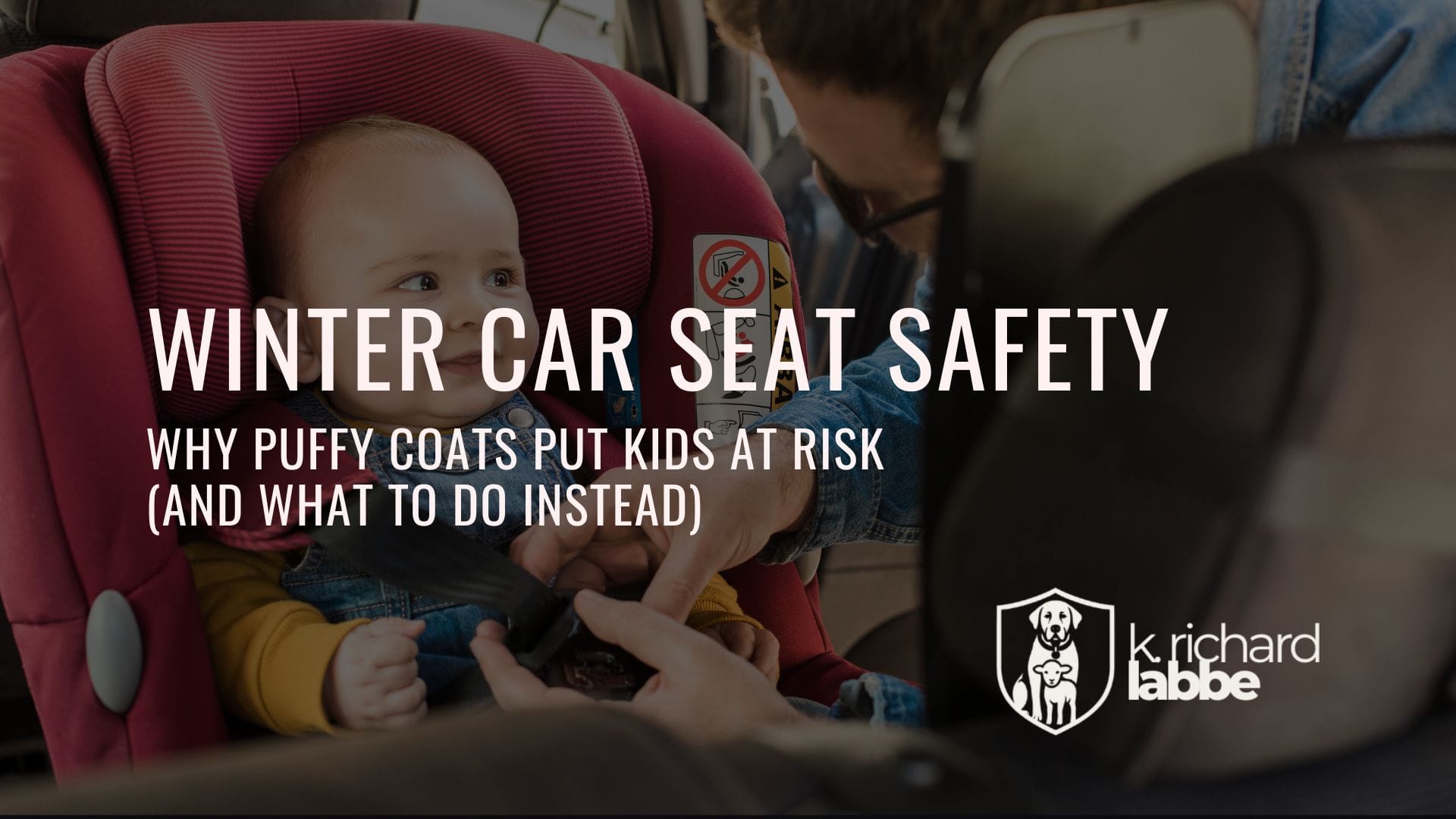Winter Car Seat Safety: Why Puffy Coats Put Kids at Risk (and What to Do Instead)
Learn why bulky winter coats make car seats unsafe and how to keep kids warm and secure. Practical, proven winter car seat safety tips for parents.

We'll soon see moms and dads bundling their little ones into oversized puffy jackets. They'll look like tiny marshmallows—adorable, yes, but also signal a safety issue many parents overlook: bulky coats can make car seats less effective.
It sounds counterintuitive. We spend the winter trying to keep our kids warm, so it feels natural to buckle them in wearing all that padding. But in a crash, that fluffy insulation compresses instantly. What felt like a snug harness at the start of the drive may suddenly be loose enough to put a child at risk.
And here’s the thing: even the most attentive parents often haven’t heard about this. It’s rarely covered in car seat manuals or routine pediatric visits, which makes it easy to miss.
Why This Matters
The National Highway Traffic Safety Administration (NHTSA) warns that thick coats and snowsuits can prevent a harness from being tightened properly (NHTSA). Consumer Reports has tested the effect, finding that heavy padding flattens under impact, leaving dangerous slack in the straps (Consumer Reports). And the Mayo Clinic cautions that bulky outerwear can compromise restraint systems and advises parents to use thin, warm layers instead (Mayo Clinic Community Health).
This applies especially to infants, toddlers, and young children in harnessed car seats. Older children in booster seats should also avoid bulky padding, but the greatest risk lies with those who still rely on a snug-fitting harness.
And no, this isn't ridiculous alarmism or paranoia. It’s physics: padding that looks cozy simply can’t resist the force of a crash.
What Works Instead
You don’t need to choose between warmth and safety. With a few small adjustments, you can have both:
- Layer smartly. Thin, warm options like fleece jackets, thermals, and snug hoodies are safer in seats than thick coats. Think: fleece jacket + hat + mittens, then add warmth once they’re buckled.
- Add warmth after buckling. Once the harness is snug, cover your child with a blanket or put their heavy coat on backward over the straps.
- Do the “pinch test.” After fastening, try to pinch the harness at your child’s shoulders. If you can grasp slack, tighten it appropriately.
A Smarter Winter Routine
Winter mornings are complicated enough without adding another step. But this adjustment is small, and with practice it becomes second nature. Just as we clear snow from the windshield or keep an emergency kit in the trunk, adjusting how we bundle our kids is part of being winter-ready as a family.
Your child will still be warm. They will still be comfortable. And most importantly, they will be safer.
You don’t have to be paranoid—just prepared. This simple step helps ensure the car seat you already trust can do its job when it matters most.
Stay safe. Be ready. Online and off.
Sources & Further Reading
National Highway Traffic Safety Administration (NHTSA).
Keep Your Little Ones Warm and Safe in Their Car Seats.
Read here →
Consumer Reports.
The Dangers of Winter Coats and Car Seats.
Read here →
Mayo Clinic Community Health.
Winter Car Seat Safety.
Read here →
Every effort has been made to ensure the accuracy and reliability of the information presented in this material. However, Labbe Media, LLC does not assume liability for any errors, omissions, or discrepancies. The content is provided for informational and educational purposes only and should not be considered professional advice. Viewers are encouraged to verify any information before making decisions or taking actions based on it.
